iPhone Air review: Pointless until you actually hold it in your hand
The iPhone Air is here to impress with its slim waist, but what are the compromises? Read on to find out!

The iPhone Air is arguably the hottest thing in smartphone tech, and now that we've put it through its paces, we have a couple of things to share with you.
The phone probably doesn't need an introduction, but for those of you who've just been rescued from a desert island with no internet, the Air is Apple's spin on the ultra-thin smartphone.
The iPhone Air kind of takes the place of the not-very-successful iPhone Plus model, and it aims to show the Galaxy S25 Edge how the thin phone idea is properly done. The phone starts at $999, which is still cheaper than the aforementioned S25 Edge, but more expensive than the base iPhone 16 Plus, and we guess that's the price of innovation and going the thin route.
However, many people in the tech community voiced their concerns about all the compromises Apple had to make to achieve the impressive 5.6 mm thickness, including a smallish battery, one single camera, no vapor chamber cooling, and a chipset that lacks one GPU core.
Our time with the iPhone Air revealed a couple of very interesting things, some of them expected, others quite surprising. So, without further ado or teasing, let's get to the review.
The phone probably doesn't need an introduction, but for those of you who've just been rescued from a desert island with no internet, the Air is Apple's spin on the ultra-thin smartphone.
Our time with the iPhone Air revealed a couple of very interesting things, some of them expected, others quite surprising. So, without further ado or teasing, let's get to the review.
Table of Contents:
Also read:
iPhone Air Specs
Thin as a pancake
Let's start with an overview of the iPhone Air specs and a quick comparison with its arch-rival, the Galaxy S25 Edge:
| iPhone Air | Galaxy S25 Edge |
|---|---|
| Size and Weight 156.2 x 74.7 x 5.6 mm 165 grams | Size and Weight 158.2 x 75.6 x 5.8 mm 163 grams |
| Display 6.5" OLED 120Hz ProMotion Anti-reflective coating 3,000 nits peak brightness | Display 6.7" OLED 1-120Hz LTPO 2,600 nits peak brightness |
| Processor Apple A19 Pro 3nm | Processor Qualcomm Snapdragon 8 Elite 3nm |
| Software iOS 26 Apple Intelligence support | Software Android 16 Seven years of software updates |
| Cameras Main (wide): 48 MP Front: 18 MP multi-aspect | Cameras Main (wide): 200 MP Ultrawide: 12 MP Front: 12 MP |
| Battery Size 3149 mAh | Battery Size 3900 mAh |
| Charging Speeds Wired, PD2.0, 50% in 30 min 20 wireless MagSafe/Qi2, 50% in 30 min 4.5W reverse wired | Charging Speeds 25W wired, PD, QC2.0, 55% in 30 min 15W wireless (Qi2 Ready) |
| Prices $999 for 12/256GB | Prices $1,099 for 12/256GB |
The key selling point and arguably the most impressive thing about the iPhone Air is its design. We've had thin phones in our lab before, but the Air is on another level entirely. The polished titanium coupled with the Ceramic Shield glass makes for a very premium feel in the hand.
We've tested a lot of foldables, some of which are around 4.5 mm in thickness when unfolded, so we've always wondered how a normal candy bar phone would feel if done the same "thin" way. Now we know. It feels unique in the hand.
The camera bump is definitely much thicker than the rest of the body, but Apple designed the Air in such a way that the phone doesn't feel camera-heavy. What's even more impressive is the weight of just 165 grams. And while this is actually a couple of grams heavier than both the S25 Edge and the regular S25, the way the weight is distributed across the large surface of the iPhone Air makes it subjectively lighter in the hand.
We've tested a lot of foldables, some of which are around 4.5 mm in thickness when unfolded, so we've always wondered how a normal candy bar phone would feel if done the same "thin" way. Now we know. It feels unique in the hand.
The camera bump is definitely much thicker than the rest of the body, but Apple designed the Air in such a way that the phone doesn't feel camera-heavy. What's even more impressive is the weight of just 165 grams. And while this is actually a couple of grams heavier than both the S25 Edge and the regular S25, the way the weight is distributed across the large surface of the iPhone Air makes it subjectively lighter in the hand.
Speaking of which, holding the iPhone Air is the old "two-faced coin" story. On the one hand, the phone is so light and thin that you don't get tired holding it for a long time. On the other hand, the almost flat 5.6 mm titanium frame tends to dig into your palm if you squeeze the phone too hard, and it's not the most comfortable feeling out there.
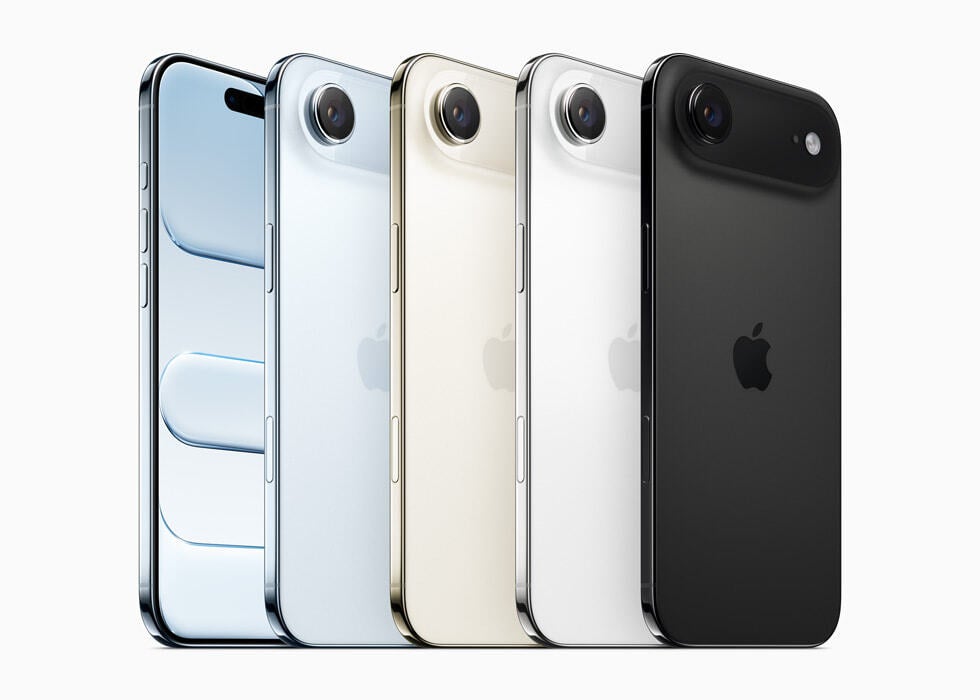
The iPhone Air comes in four colors—Space Black, Cloud White, Light Gold, and Sky Blue. Our favorite hues are Cloud White and Light Gold, but all the colors except for the Space Black are quite understated and classy.
The matte black frosted glass finish on the Space Black model might be compromised, as it's prone to marks and scratches. We got the white variant but saw the marks left by the MagSafe charger on the back of the black Air in the Apple store.
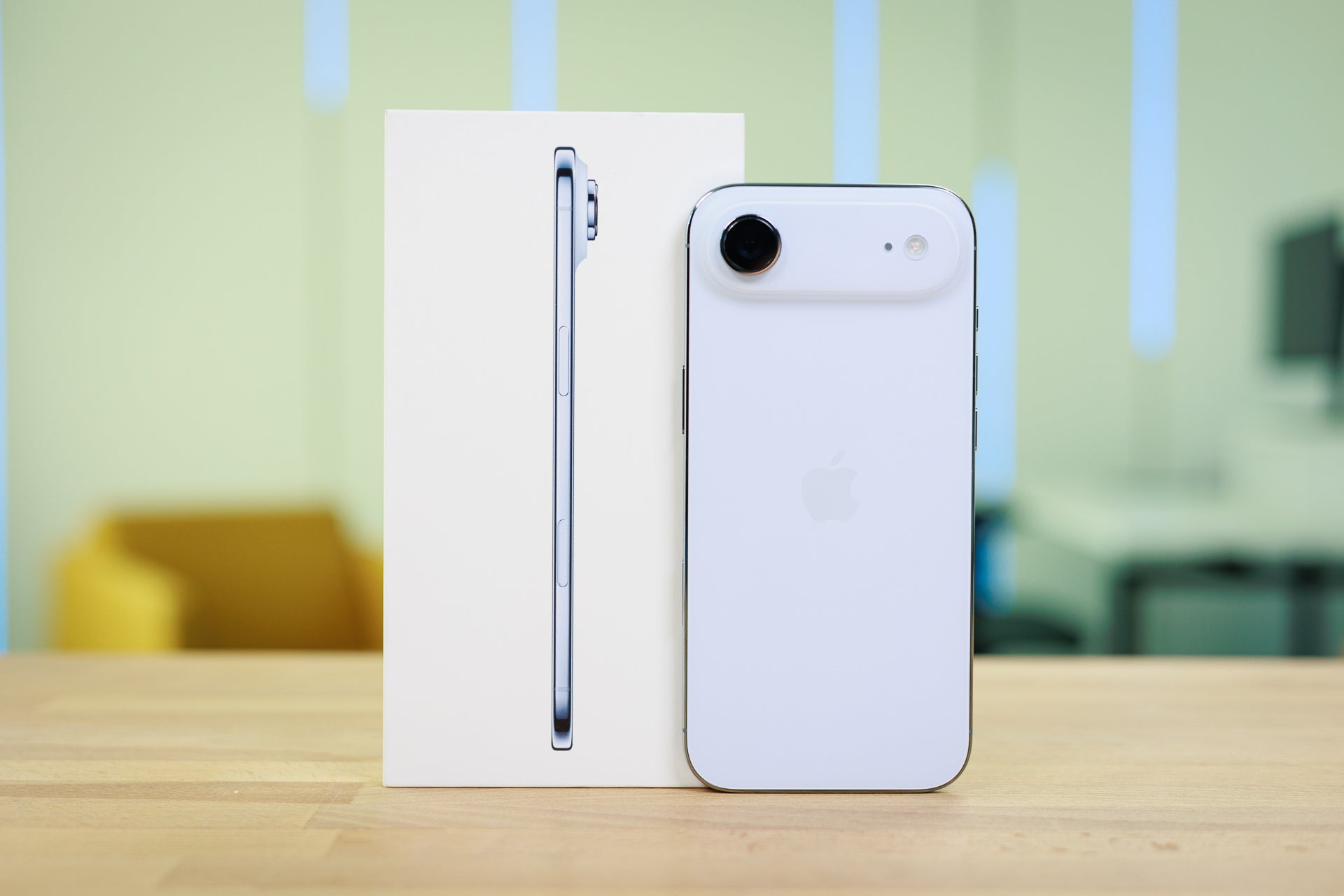
The retail box is your usual Apple affair of the past couple of years. No need to sound like a broken record lamenting the lack of a charger and case candy. There's a USB-C cable, and there's the iPhone Air inside the box.
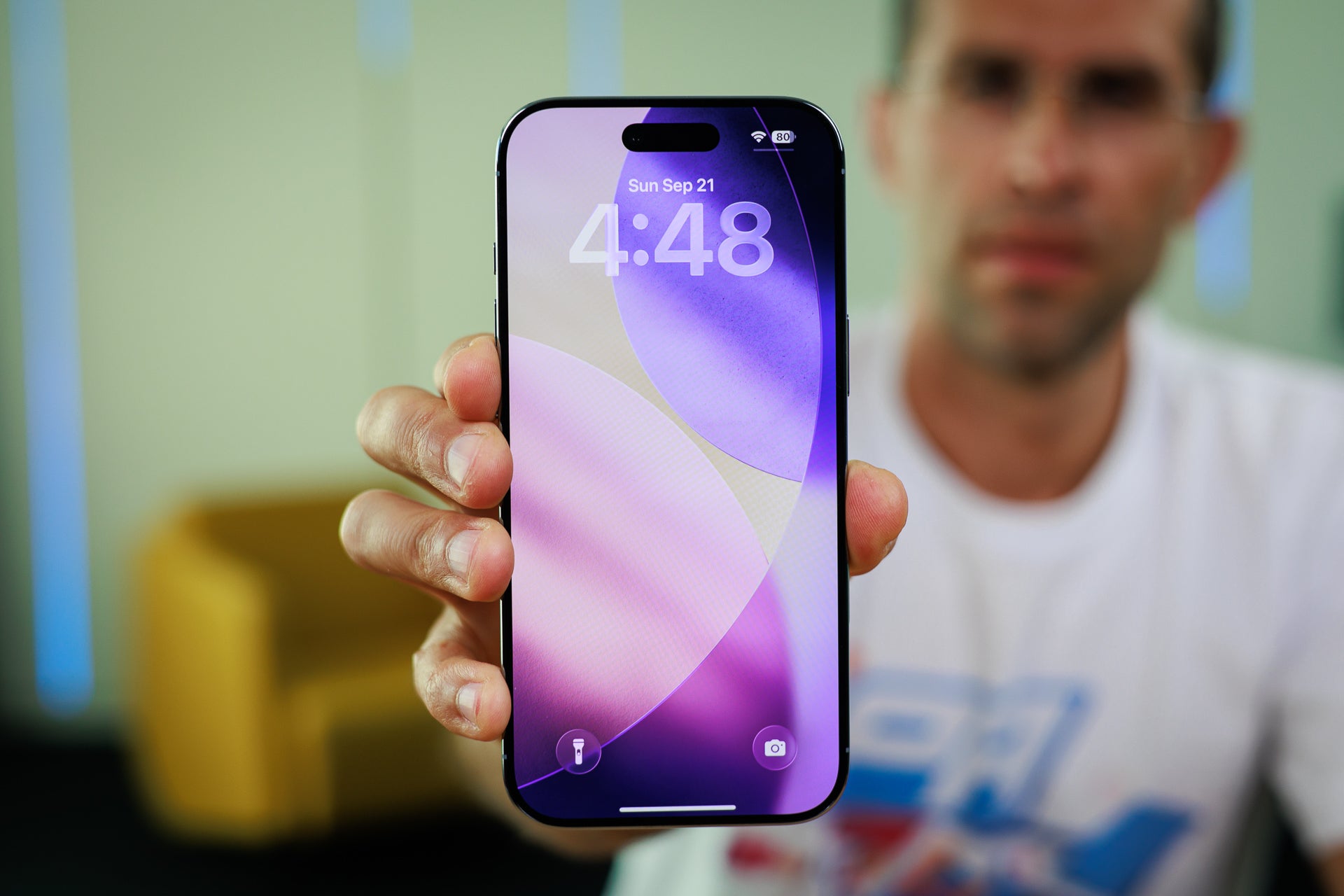
The iPhone Air comes equipped with a 6.5-inch OLED screen, boasting 1260 x 2736 pixel resolution and also featuring ProMotion tech just like the other iPhone 17 series models in the lineup. The pixel density is around 460 PPI, which is quite good both on paper and subjectively—the screen looks very crisp and detailed.
The display is protected by Apple's Ceramic Shield 2 and takes a page from the S25 Ultra's book with an anti-glare coating. It's not as effective as the one used on the Galaxy, but it's there and mitigating some of the reflections.
The results show an impressive brightness up there with the best and brightest we've ever tested. We measured almost 2,800 nits at 20% APL, and furthermore, the phone manages to drop below 1 nit minimum brightness, a feature Apple launched for the first time with the iPhone 16 series.
Color accuracy is also quite good, as is the default color temperature. Overall, the iPhone Air is a true flagship in the display department, and no corners have been cut here.
In terms of biometrics, Apple continues to rely on its FaceID tech, with no physical fingerprint scanner anywhere to be found. The system has become an industry standard for smartphone security, so no wonder there's nothing new here—don't fix it if it's not broken, right?
Color accuracy is also quite good, as is the default color temperature. Overall, the iPhone Air is a true flagship in the display department, and no corners have been cut here.
In terms of biometrics, Apple continues to rely on its FaceID tech, with no physical fingerprint scanner anywhere to be found. The system has become an industry standard for smartphone security, so no wonder there's nothing new here—don't fix it if it's not broken, right?
iPhone Air Camera
Who needs an ultrawide camera anyway?
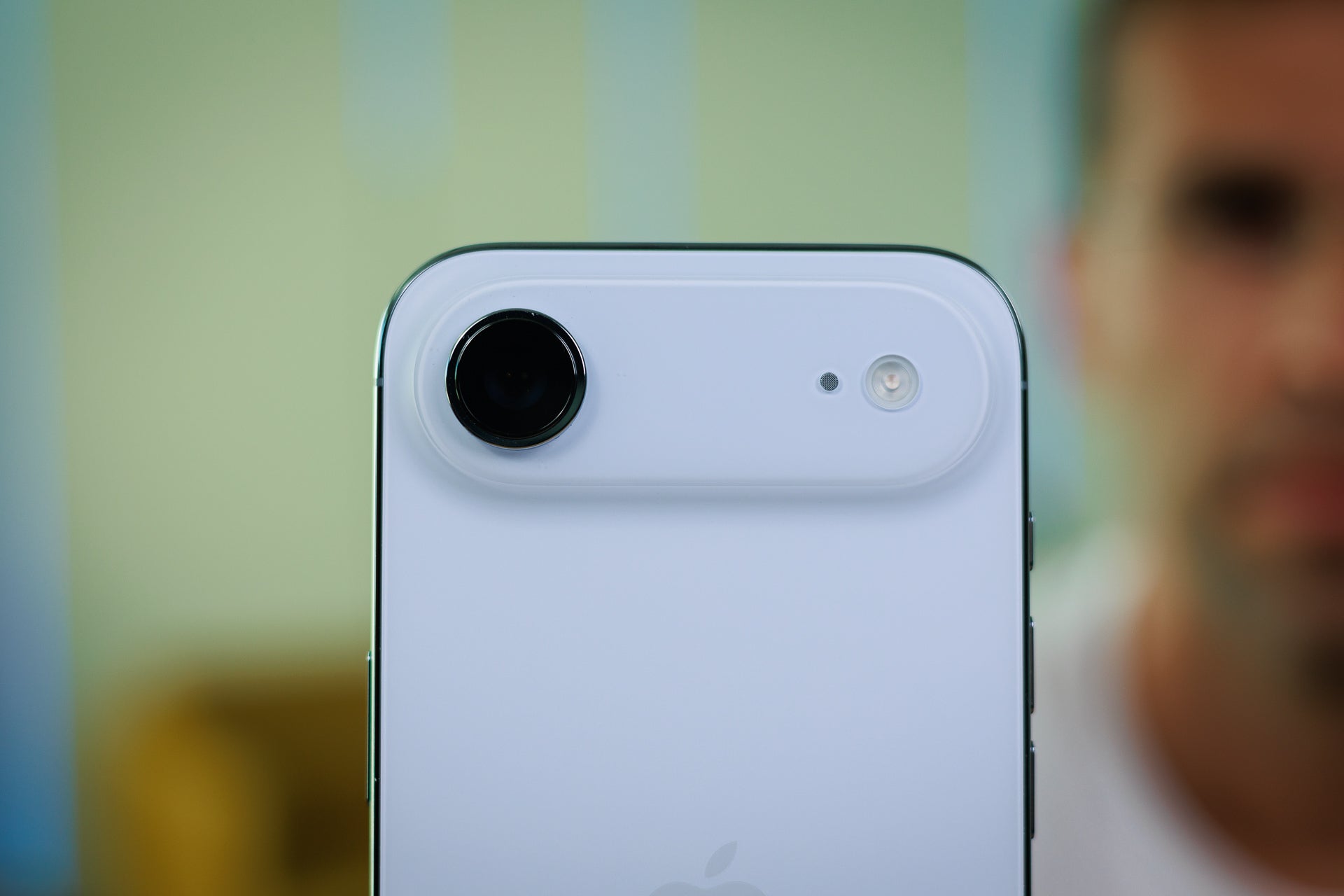
One of the biggest compromises the Air carries inside its paper-thin body is the single main camera. There are no other sensors or lenses on board, and as much as Apple wants us to believe that this 48MP Fusion camera equals four cameras, it's still a single sensor.
If you take a look at our Camera Widget above, you'll see some expected results. The main camera performs great and scores near the top, while the phone lags behind when it comes to ultrawide and telephoto benchmarks.
At an arm's length, you can capture a wider photo with the iPhone Air.
The new selfie camera deserves some attention. Not only does it feature a new square sensor capturing 18MP portrait and landscape photos, but it also comes with optical image stabilization. Apple calls it the Center Stage selfie camera, and even though at first it might sound like a gimmick, there are actually really cool benefits to this design.
Enough tech talk; time for samples.
Day samples
Low-light samples
Given the main (and only) camera has been taken off the iPhone 17 (and iPhone 16 for that matter), the results are not surprising. The iPhone Air snaps good-quality photos with enough detail and a wide dynamic range.
The sensor is able to gather a decent amount of light during night shots, and the color accuracy is also at a decent level. The 2X crops are nearly optical-level, and only a side-by-side comparison could reveal any finer differences with a true optical 2X zoom.
The sensor is able to gather a decent amount of light during night shots, and the color accuracy is also at a decent level. The 2X crops are nearly optical-level, and only a side-by-side comparison could reveal any finer differences with a true optical 2X zoom.
The lack of a dedicated telephoto camera becomes much more apparent at 5X and 10X zoom levels. The photos lack detail and become a blurry mess at 10X, as digital zoom can only do so much. No ProRes zoom magic here (check out the Pixel 10 Pro review for that).
Video Quality

You can check out the video sample above, but one thing worth mentioning is that the iPhone Air doesn't support 4K recording at 120 frames per second. Another thing you might notice in the night sample above is that the flare is still there—it's a normal optical effect due to the arrangement of the lenses and light scattering and reflecting inside the camera system.
iPhone Air Performance & Benchmarks
Thermal woes
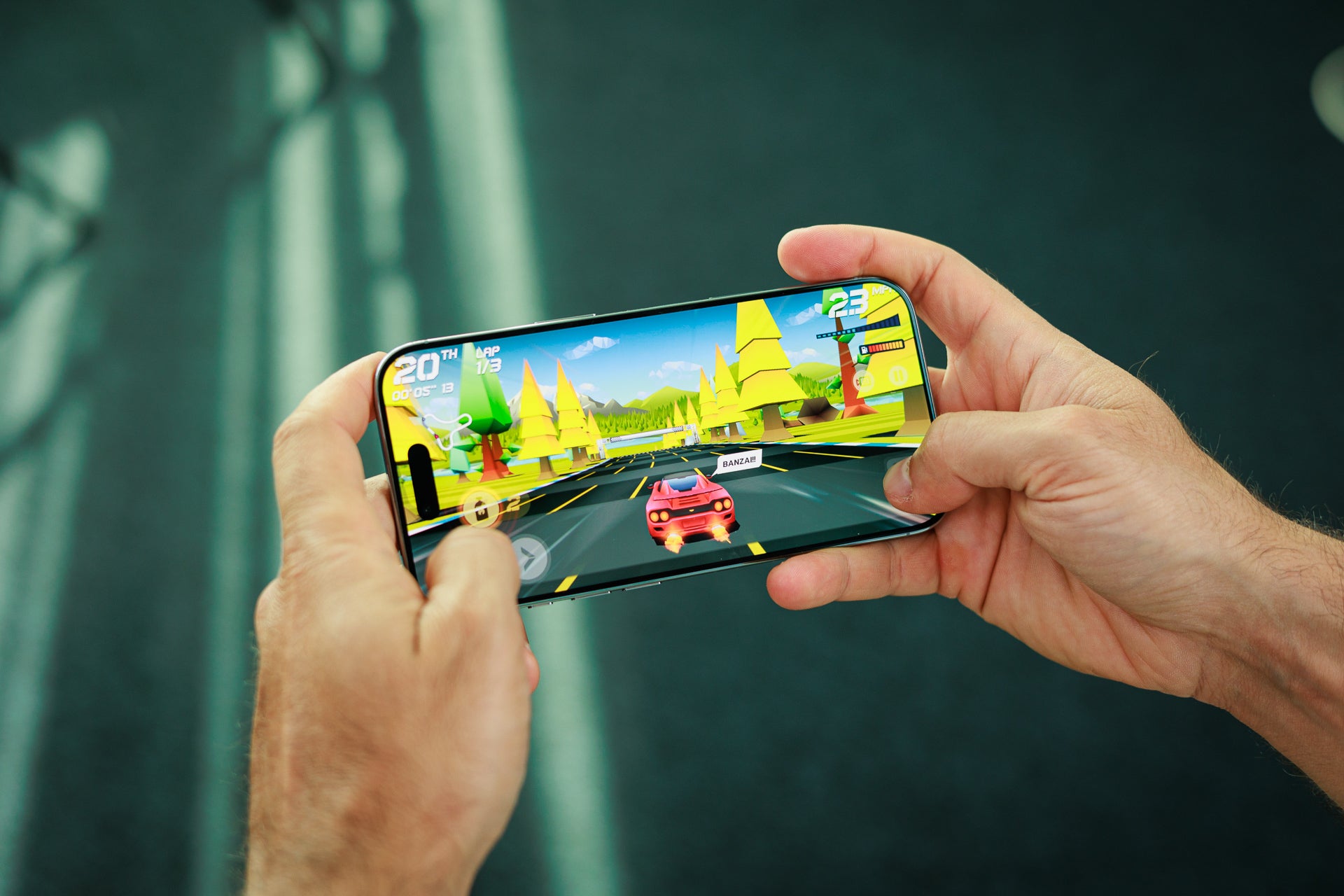
Apple made the bold move of equipping the iPhone Air with the same A19 Pro silicon as the Pro models. Well, almost the same, as the chipset inside the Air lacks one GPU core. But the more important thing here is that there's no space for a vapor chamber inside, and the titanium frame is not as good as aluminum in dissipating heat.
These prerequisites kind of set the phone up for a throttling disaster, but is that really the case? In normal day-to-day scenarios we didn't find the phone lagging or getting too hot. So, let's take it to the benchmark table.
These prerequisites kind of set the phone up for a throttling disaster, but is that really the case? In normal day-to-day scenarios we didn't find the phone lagging or getting too hot. So, let's take it to the benchmark table.
The CPU benchmark shows Apple's superiority when it comes to single-core performance. There's no competition here, as the Snapdragon 8 Elite-equipped Galaxy S25 Edge is around 25% slower.
Things are different in multicore performance. Qualcomm has not only managed to close the gap but also beats Apple in some cases. The Galaxy S25 Edge is one such case, as the multicore performance is better than what the Air was able to output.
Things are different in multicore performance. Qualcomm has not only managed to close the gap but also beats Apple in some cases. The Galaxy S25 Edge is one such case, as the multicore performance is better than what the Air was able to output.
GPU Performance
It's worth mentioning that we first ran the GPU benchmarks back-to-back with the CPU ones, and the results were significantly worse, especially on the iPhone Air. When left to cool down, all iPhone 17 devices returned to expected GPU scores, but thermal throttling might be an issue on the iPhone Air.
The phone uses a GPU with one less core, which explains the lower score (the Snapdragon 8 Elite inside the S25 Edge wins the performance round), but to be fair, the S25 Edge throttles even more during the stress test. Furthermore, the phone got quite hot during the test, especially around the camera, where most of the internals reside.
The iPhone Air comes with 12GB of RAM which should be enough for the years to come, given how Apple optimizes its software, but it also should serve as a good base for Apple Intelligence and all the future updates to Apple's AI system.
The iPhone Air comes with 12GB of RAM which should be enough for the years to come, given how Apple optimizes its software, but it also should serve as a good base for Apple Intelligence and all the future updates to Apple's AI system.
iPhone Air Software
The iPhone 17 Air runs iOS 26 out of the box, one of the most comprehensive software updates Apple has brought to the iPhone table in recent years. Liquid Glass is here, and even though some might find it reminiscent of the good old Windows Vista, Apple offers a fresh new take on the transparent UI with this glass-like design.
This new Liquid Glass look is still a "work in progress," though, as there still are some interface elements that can be hard to read and the occasional lag here and there. It might not be everyone's cup of tea, and you can opt for a more classic UI look if that's the case, but since Apple peddled this visual update as something quite important, the company has to put some work in to make it really fluent and nice to the eye.
Visual Intelligence is Apple's variant of Circle to Search, and there are AI writing tools as well, but nothing groundbreaking or unseen.
iPhone Air Battery
Surprisingly decent
One of the biggest concerns ever since the blueprints of the iPhone Air leaked online was the battery life. Making a super-thin phone generally means you don't have much space left for internals, and the battery is the component that normally gets trimmed down.
The battery capacity of the iPhone Air sits at 3,149 mAh, which is not that bad considering the thickness of the phone. In comparison, the Galaxy S25 Edge features a larger 3,900 mAh cell, but it's also 2 mm thicker, so these 2 mm most likely accommodated the bigger battery.
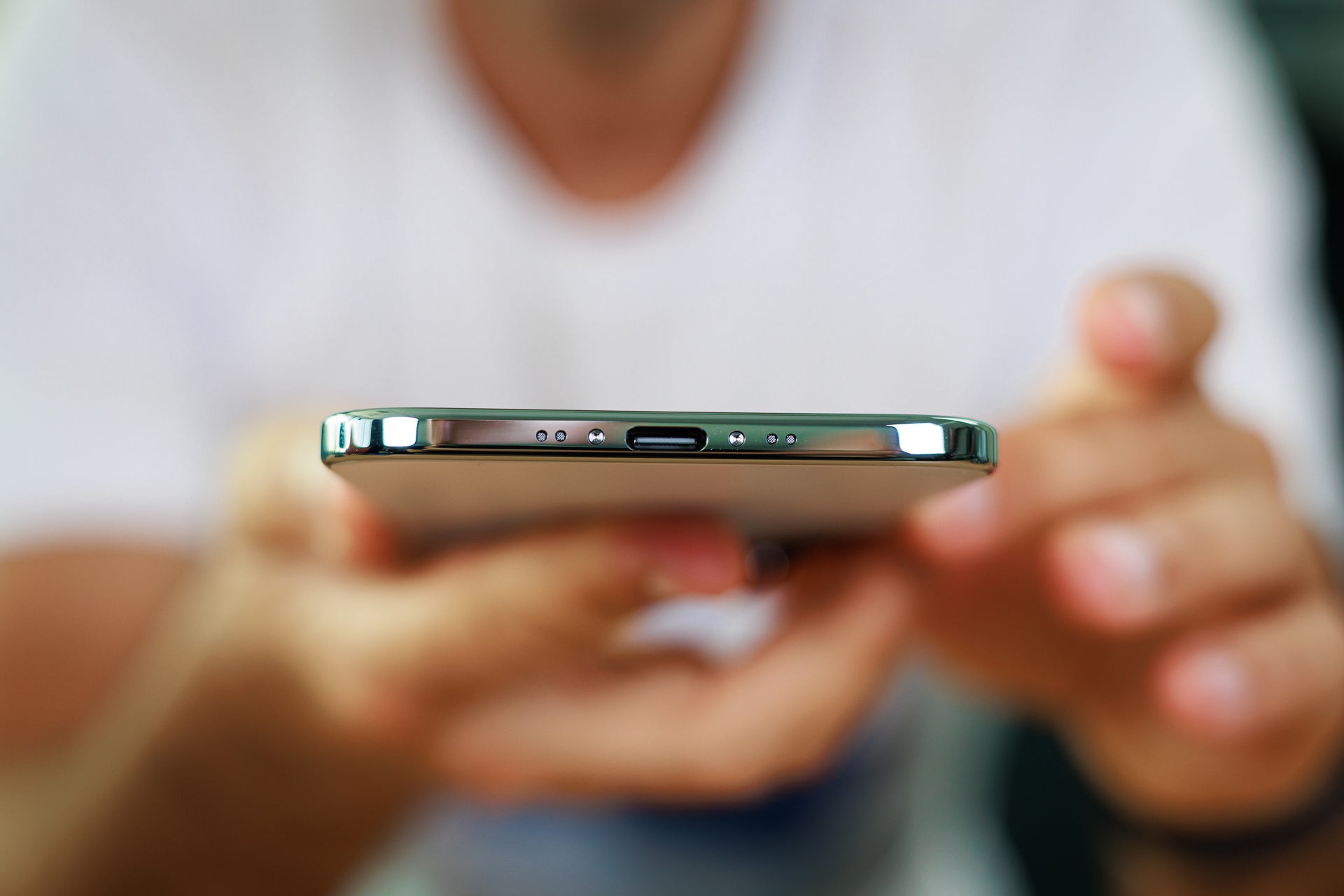
PhoneArena Battery Test Results:
With a battery score of 6h 41m, the iPhone Air ranks #79 for phones tested in the past 2 years, and it is very close to the average in the class of 7h 9m. Compared to the Galaxy S25 Edge, it even outperforms it, even though the latter comes with a significantly larger battery.
There are some specifics here worth mentioning. The iPhone Air fared quite well in our YouTube test, probably because the single speaker doesn't drain much energy from the battery. If you consume a lot of video content, you might not feel any battery life handicap with the iPhone Air.
On the other hand, the gaming result is a bit on the lower side (the S25 Edge performs much better), so if you like playing performance-heavy games, the battery life of the Air might feel insufficient. What's impressive here, though, is that the overall battery score of the Air is close to the vanilla iPhone 17 and even the Pro, which, considering the unique form factor, is a feat in and of itself.
On the other hand, the gaming result is a bit on the lower side (the S25 Edge performs much better), so if you like playing performance-heavy games, the battery life of the Air might feel insufficient. What's impressive here, though, is that the overall battery score of the Air is close to the vanilla iPhone 17 and even the Pro, which, considering the unique form factor, is a feat in and of itself.
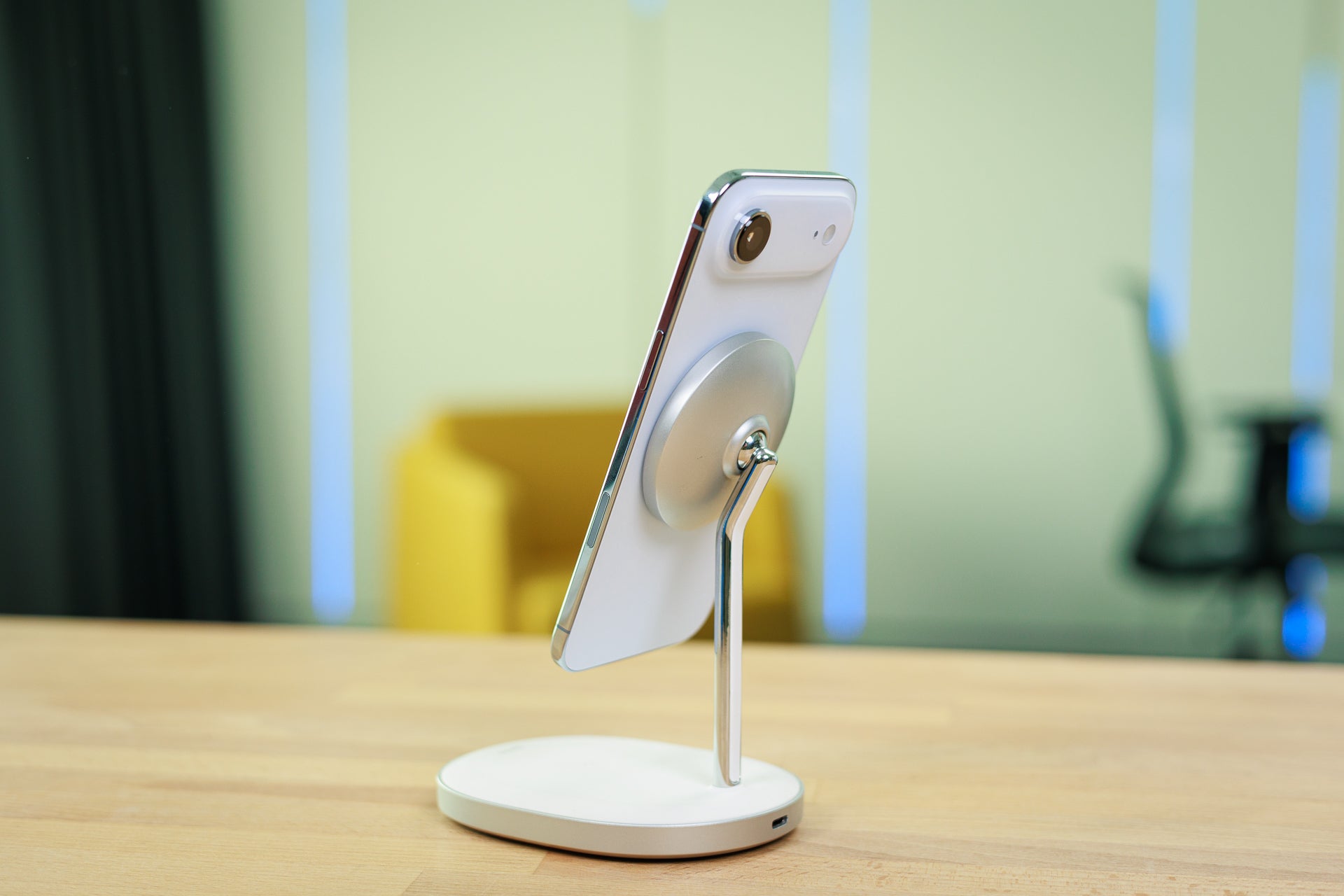
Another impressive thing is Apple managing to fit wireless charging coils inside the 5.6 mm body of the iPhone Air. The phone supports MagSafe as well and can charge wirelessly to 50% in 30 minutes, according to Apple's official stats. This mimics the wired PD2.0 charging speeds, but the charging tests are running as we type this, so stay tuned for some real-life results shortly.
iPhone Air Audio Quality and Haptics
There's no way to soften the blow here. The iPhone Air features a mono speaker and one that's located at the top of the phone. There was no room for a bottom loudspeaker, so Apple decided to keep only the top earpiece, as it's needed for calls anyway.
The sound is not great. Calls are decent, but if you try and use the Air as a multimedia device, listening to music or watching a video, the sound from the mono speaker kind of lacks depth, and the bass frequencies are just not there. The overall loudness is also not great, so you might miss a call or two if you're in a high-noise environment.
Haptics are decent despite the slim waist of the phone; they are tight and precise but nowhere near as strong as the vibrations the Pro models can output.
Haptics are decent despite the slim waist of the phone; they are tight and precise but nowhere near as strong as the vibrations the Pro models can output.
Should you buy it?
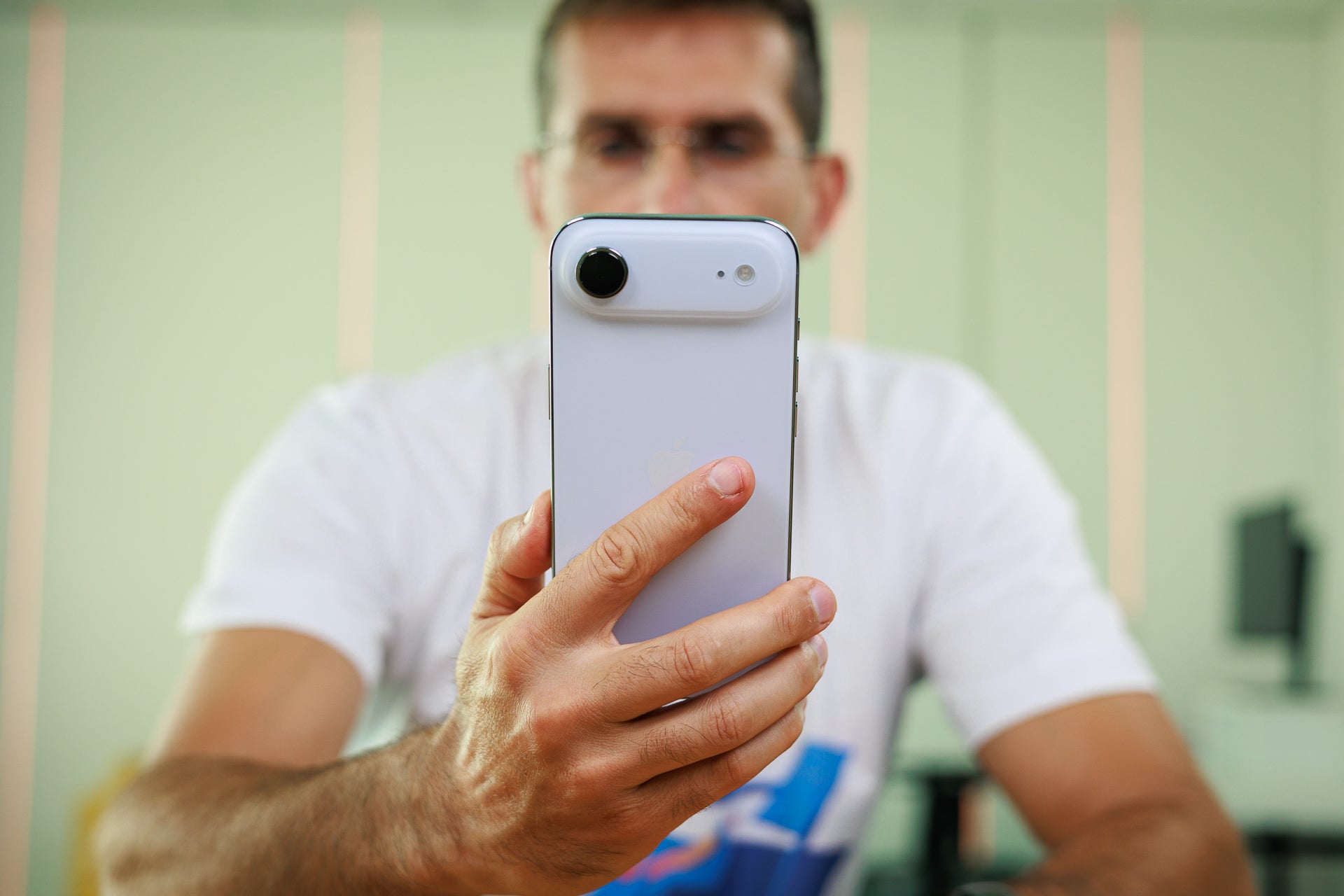
The iPhone Air is no doubt a statement device. Apple took the thin phone idea and pushed it to extremes the S25 Edge wasn't able to. Whether or not you should buy the iPhone Air depends on a couple of things.
First, if thin phones are your cup of tea, then this is a no-brainer. There's no other product on the market that can rival the iPhone Air at the moment, as the S25 Edge, as thin as it is, feels much more like an ordinary phone in the hand, especially next to the Air.
Second, you should be prepared to sacrifice two cameras and a loudspeaker in favor of rocking the skinniest phone on the market. If you're okay with those drawbacks, the iPhone Air could be your perfect phone, one that will turn heads for sure.
Surprisingly, the battery life is not as bad as we thought it'd be (Apple launching the MagSafe battery got us scared), and even though there's some thermal throttling going on, in normal day-to-day use (suppose you don't run heavy benchmarks all the time) the phone is more than fast enough.
First, if thin phones are your cup of tea, then this is a no-brainer. There's no other product on the market that can rival the iPhone Air at the moment, as the S25 Edge, as thin as it is, feels much more like an ordinary phone in the hand, especially next to the Air.
Surprisingly, the battery life is not as bad as we thought it'd be (Apple launching the MagSafe battery got us scared), and even though there's some thermal throttling going on, in normal day-to-day use (suppose you don't run heavy benchmarks all the time) the phone is more than fast enough.
Follow us on Google News


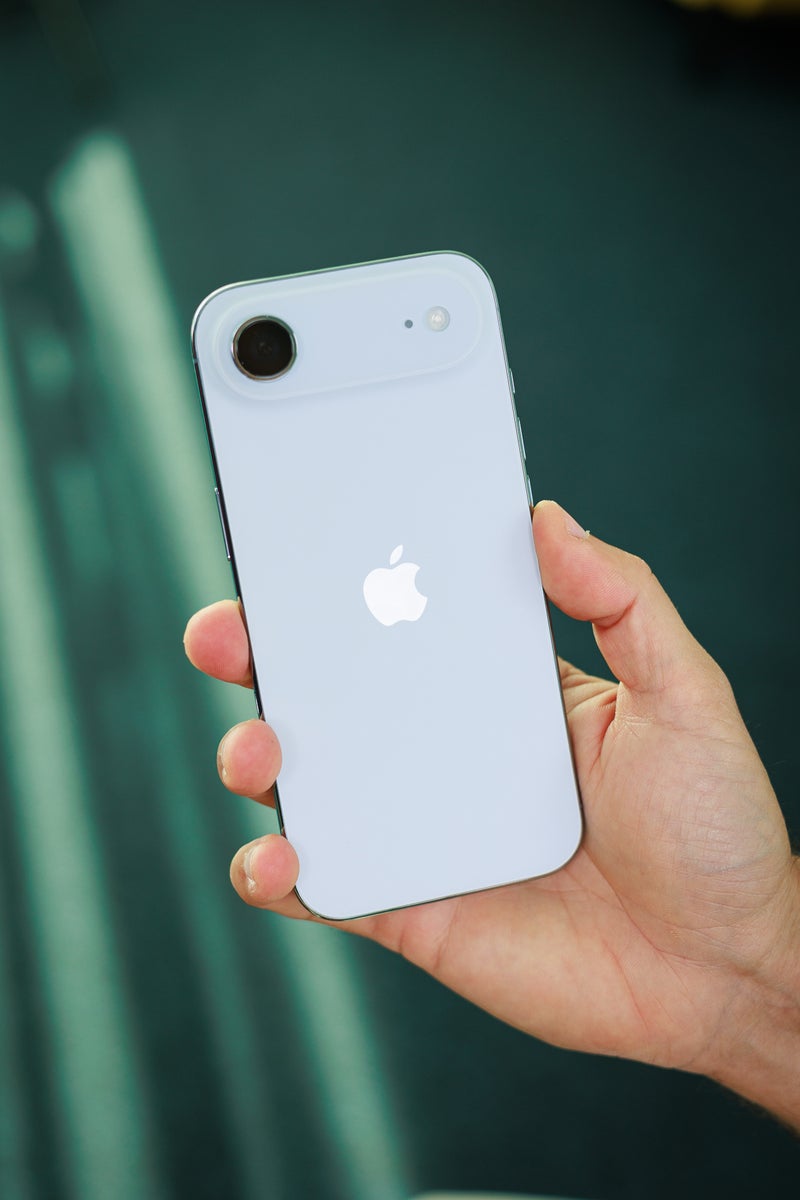
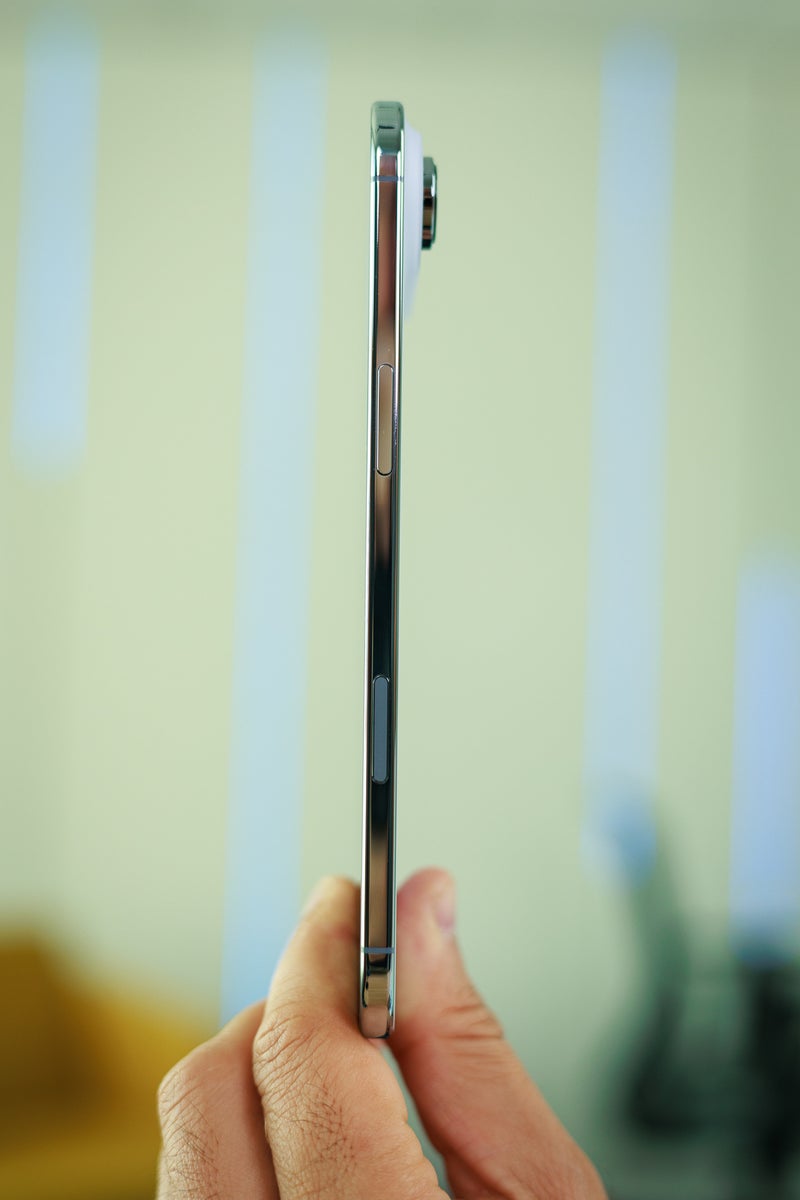
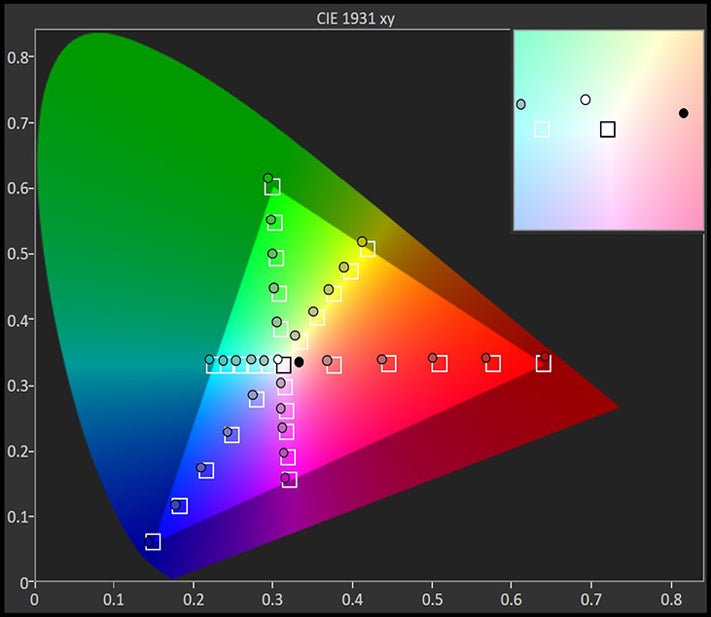







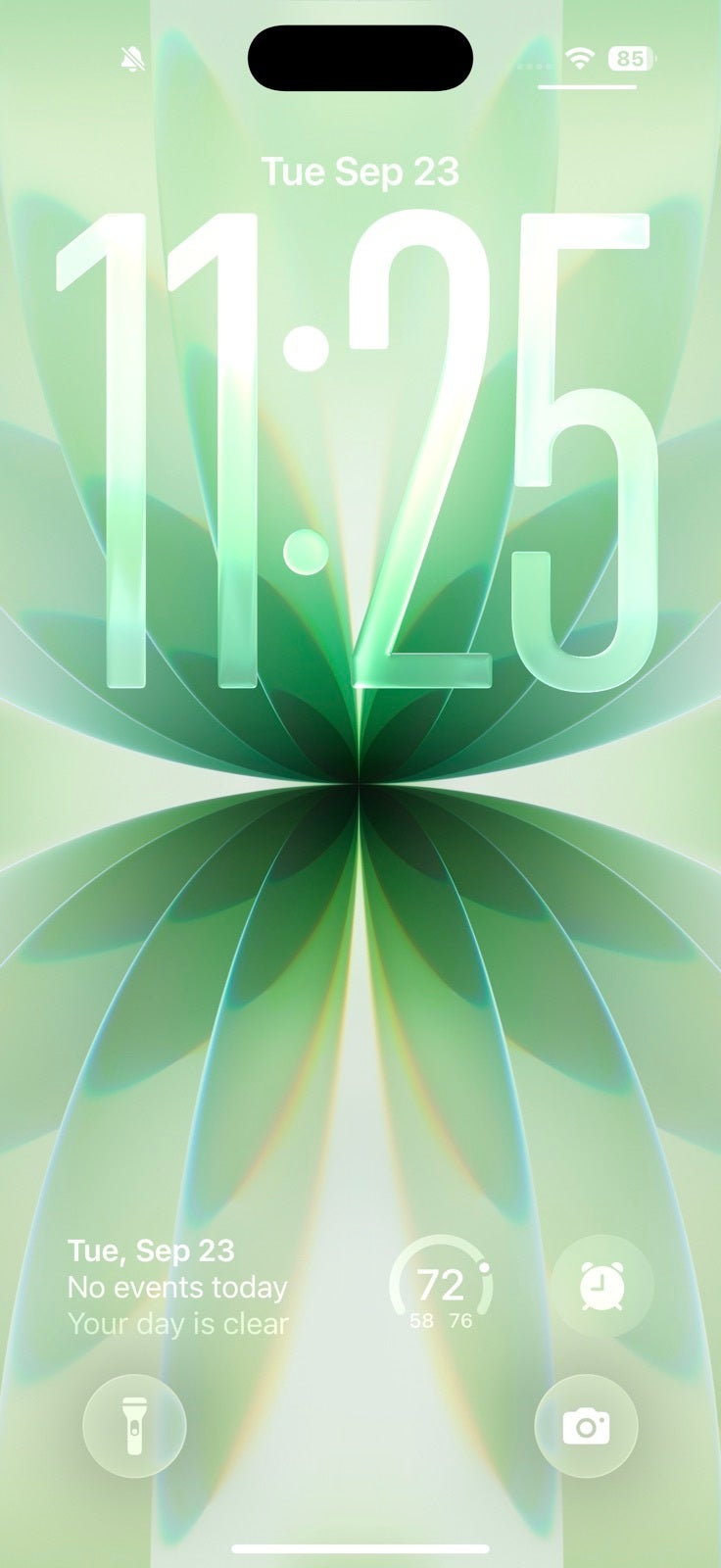
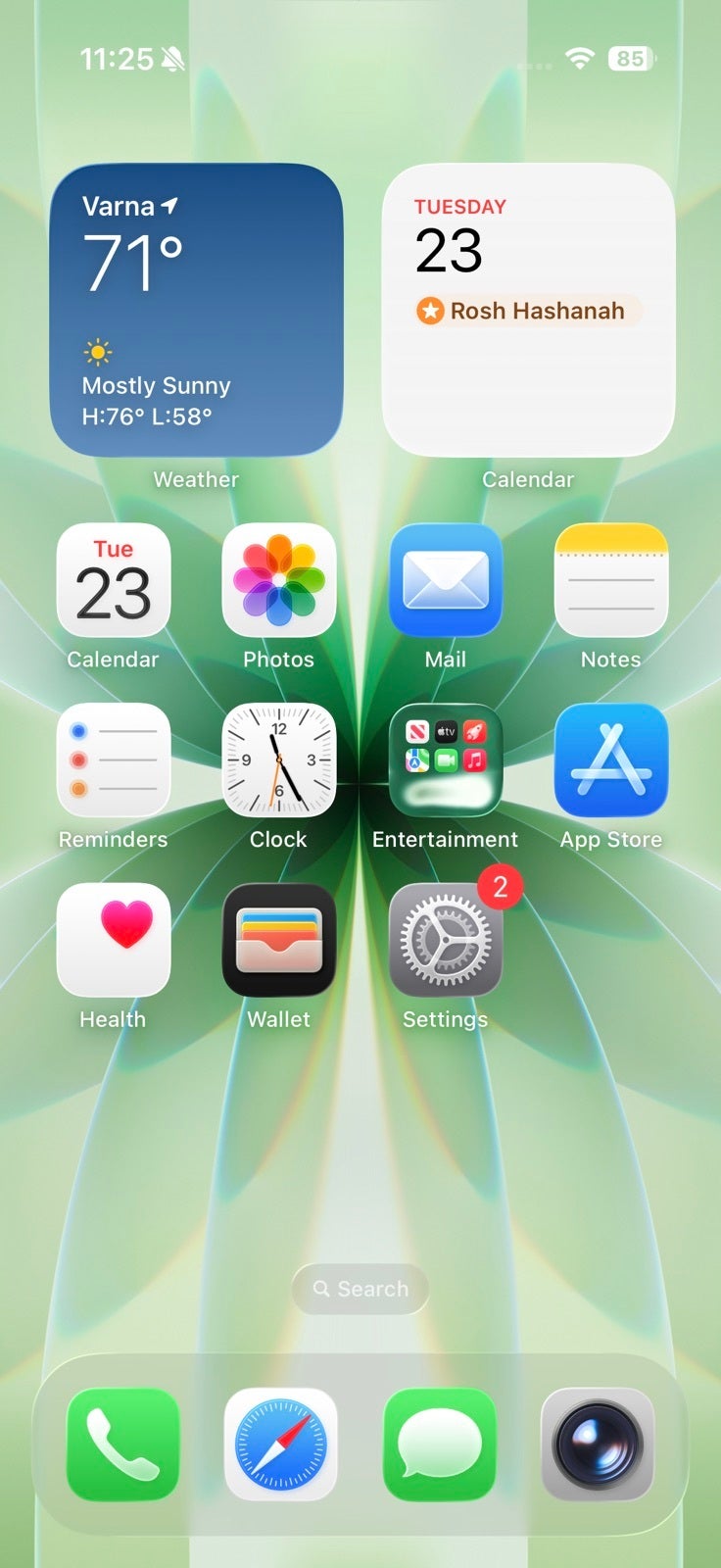
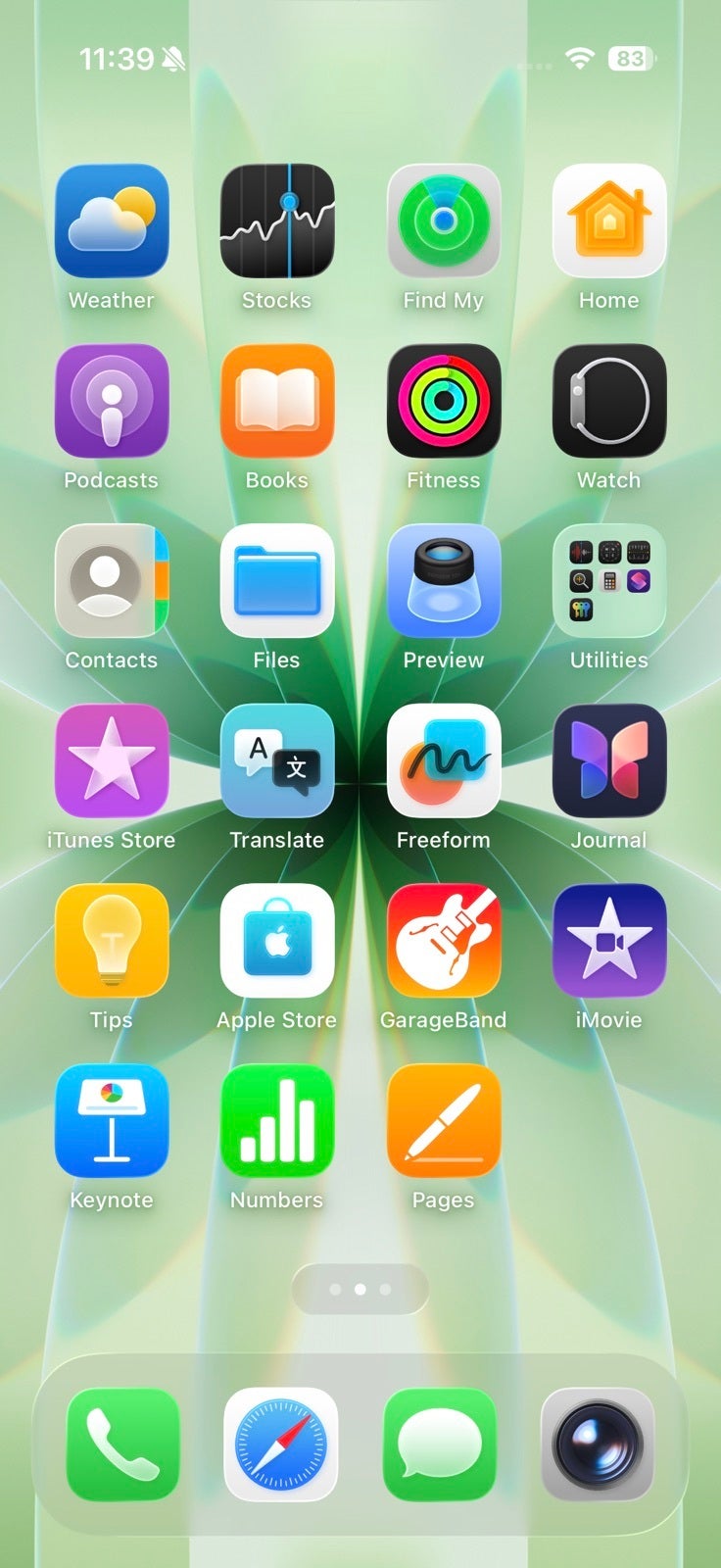
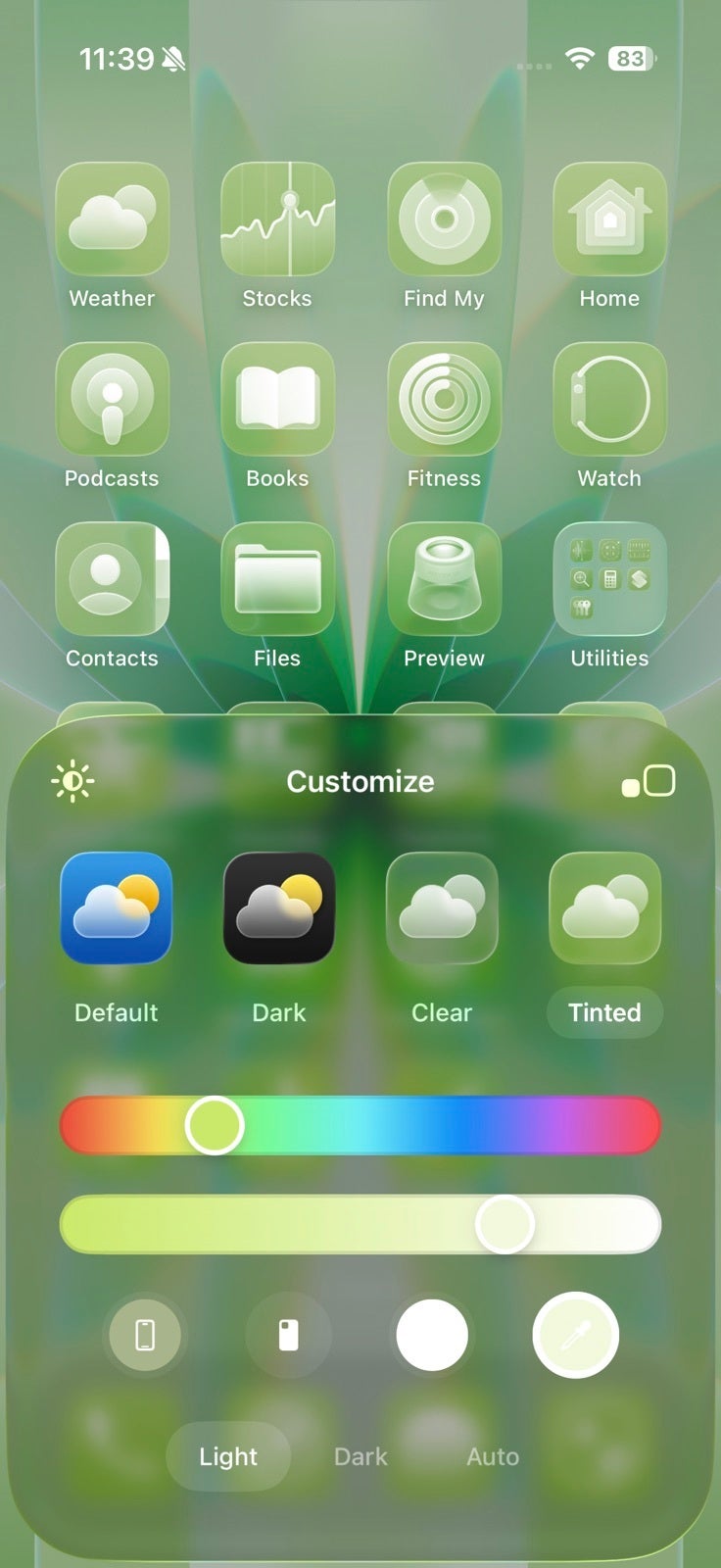
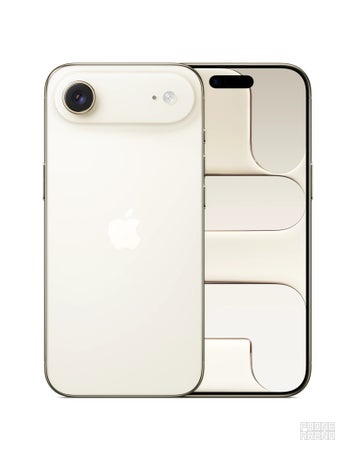


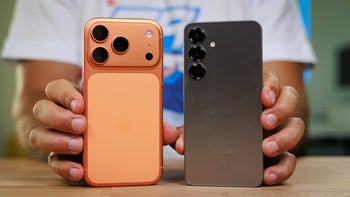
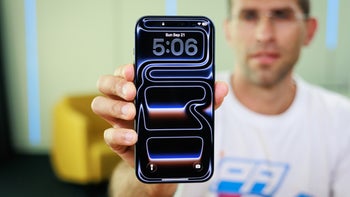
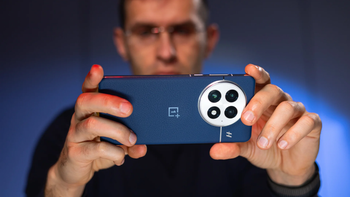
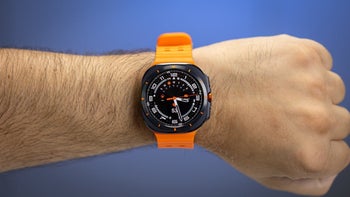
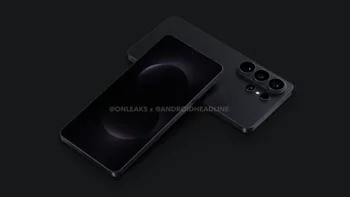
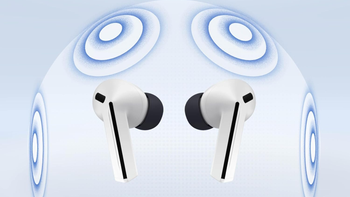
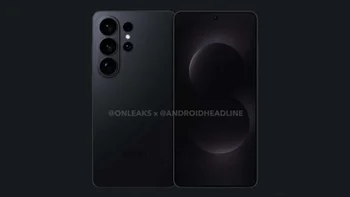

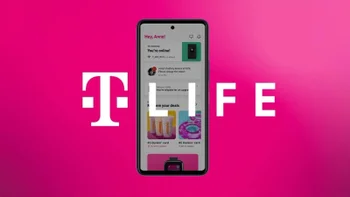

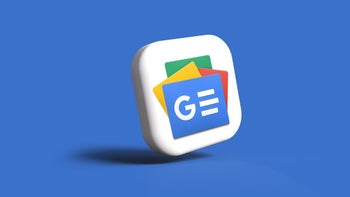
Things that are NOT allowed:
To help keep our community safe and free from spam, we apply temporary limits to newly created accounts: